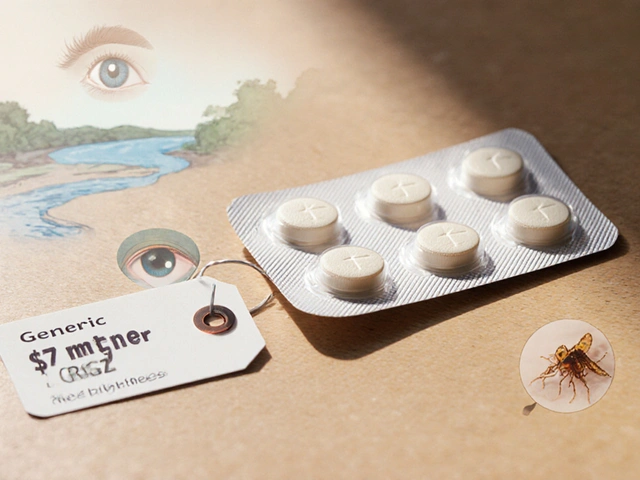Thrombocytopenia: What It Is and How to Deal With It
Ever heard the term “thrombocytopenia” and wondered if it’s something to worry about? In plain words, it just means you have fewer platelets than normal. Platelets are the tiny cells that help your blood clot, so when they’re low you might bruise easily, nose bleed more often, or see red spots on your skin. Most people don’t notice anything until a routine blood test flags the low count.
Why Platelet Counts Drop
There are a bunch of reasons your platelet count can fall. Infections like hepatitis or HIV can mess with bone‑marrow production. Some medicines – especially chemotherapy, certain antibiotics, and anti‑seizure drugs – can suppress the marrow too. Autoimmune conditions such as lupus or immune thrombocytopenic purpura (ITP) trick your body into destroying its own platelets. Even simple things like heavy alcohol use or a vitamin B12 deficiency can play a part.
Spotting the Signs
Typical signs are easy to spot: unexplained bruises, tiny red dots (petechiae) on the arms or legs, bleeding gums, or a longer bleeding time after a cut. Women on birth control pills or hormone therapy sometimes notice heavier periods. If you start coughing up blood, notice blood in urine or stool, or feel dizzy after a minor bump, call your doctor right away – those could be warning signs of serious bleeding.
Diagnosing thrombocytopenia starts with a complete blood count (CBC). Your doctor will look at platelet numbers, usually aiming for 150,000‑400,000 per microliter. Below 150,000 is considered low, and the risk of bleeding rises the lower you go. If the count is very low (<20,000), doctors may order additional tests: bone‑marrow biopsy, viral panels, or autoimmune screening to find the root cause.
Managing the condition depends on why it’s happening. If a medication is the culprit, switching to a safer alternative often fixes the problem. For infections, treating the underlying bug usually brings platelets back up. In ITP, steroids or a short course of immune‑modulating drugs can raise counts quickly. When counts are dangerously low, doctors might give a platelet transfusion or use a medication called IVIG to boost numbers temporarily.
While you’re waiting for lab results or treatment, there are practical steps you can take at home. Avoid activities with a high risk of injury – think contact sports or heavy lifting. Use a soft toothbrush and avoid mouthwashes that contain alcohol. If you need to shave, go with an electric razor to reduce nicks. Keep a list of any bleeding episodes (how long they lasted, what triggered them) to share with your clinician.
Diet won’t replace medical care, but a balanced plate can support overall blood health. Foods rich in vitamin K (like kale and broccoli) help clotting, while vitamin B12 sources (meat, eggs, fortified cereals) keep bone‑marrow function steady. Stay hydrated, limit alcohol, and aim for a healthy weight to reduce extra strain on your body.
Most people with mild thrombocytopenia live normal lives with periodic monitoring. The key is staying aware of bleeding signs and keeping up with follow‑up appointments. If you ever feel a sudden, severe bleed or faint, treat it as an emergency and head to the nearest ER.
Bottom line: thrombocytopenia is a manageable condition once you know the cause and follow a clear plan. Talk to your doctor about the best testing, treatment options, and lifestyle tweaks that fit your situation. With the right care, you can keep your platelet count in check and stay on top of your health.

Cyclophosphamide Blood Health Guide: Managing Hematological Side Effects
Clear, practical guide to protect your blood health on cyclophosphamide: what to expect, when labs drop, red flags, prevention, and step-by-step actions.




